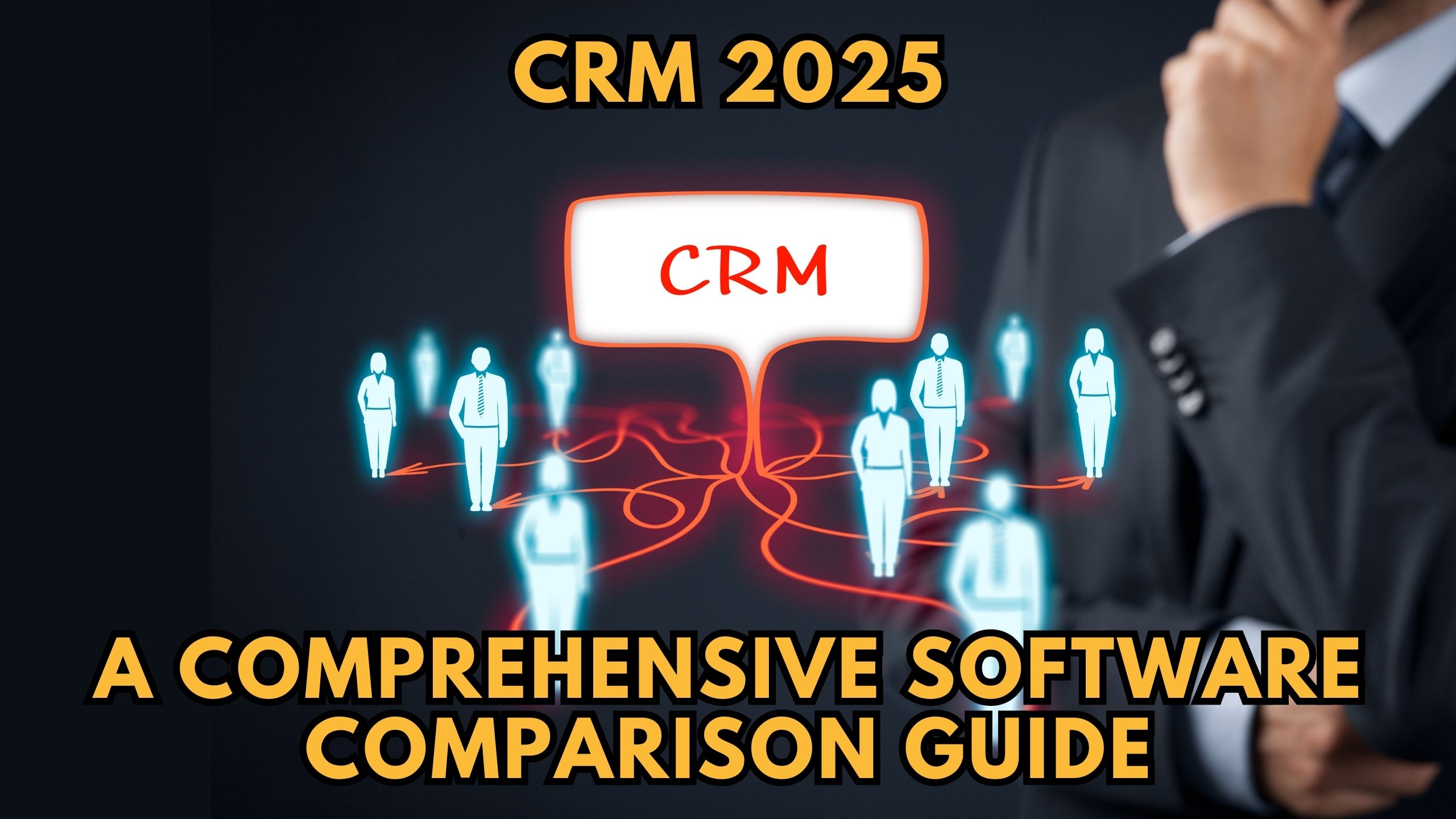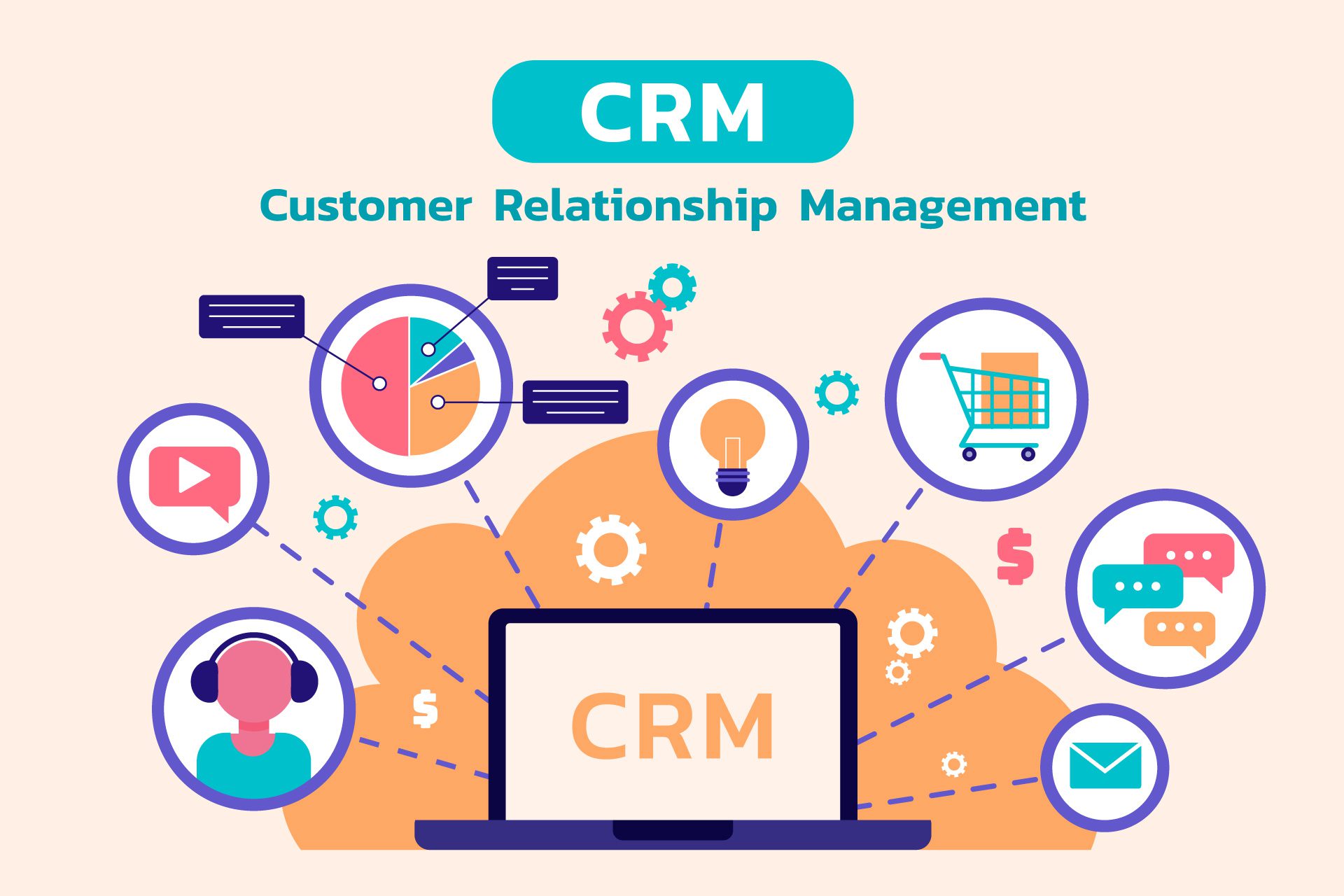Supercharge Your Sales: The Ultimate Guide to CRM, Marketing, and Lead Generation
In today’s hyper-competitive business landscape, simply having a great product or service isn’t enough. You need a robust strategy to attract, nurture, and convert leads into paying customers. That’s where the powerful trio of CRM, marketing, and lead generation comes into play. This comprehensive guide will delve deep into these interconnected areas, providing you with the knowledge and tools to transform your sales process and achieve remarkable growth.
What is CRM and Why Do You Need It?
CRM, or Customer Relationship Management, is more than just a software; it’s a philosophy. It’s about building and nurturing relationships with your customers. Think of it as the central nervous system of your sales and marketing efforts. A good CRM system acts as a centralized hub, storing all your customer data, interactions, and communications in one easily accessible place. This allows you to:
- Understand Your Customers Better: Gain a 360-degree view of each customer, including their purchase history, preferences, and communication logs.
- Improve Customer Service: Provide personalized and timely support, leading to higher customer satisfaction.
- Boost Sales Efficiency: Automate tasks, track leads, and manage the sales pipeline more effectively.
- Increase Sales: By understanding your customers better, you can tailor your marketing and sales efforts to their specific needs, leading to higher conversion rates.
Without a CRM, your customer data might be scattered across spreadsheets, email inboxes, and other disparate systems, making it difficult to get a clear picture of your customers and their needs. This can lead to missed opportunities, inefficient workflows, and frustrated customers. Choosing the right CRM is crucial. There are many options available, each with its own strengths and weaknesses. Some popular CRM systems include:
- Salesforce: A leading CRM platform known for its scalability and comprehensive features.
- HubSpot CRM: A free and user-friendly CRM, ideal for small businesses and startups.
- Zoho CRM: A cost-effective CRM with a wide range of features for businesses of all sizes.
- Microsoft Dynamics 365: A powerful CRM integrated with other Microsoft products.
The best CRM for your business will depend on your specific needs and budget. Consider factors such as the size of your team, the complexity of your sales process, and the features you require.
The Role of Marketing in Lead Generation
Marketing plays a vital role in lead generation. It’s the engine that drives potential customers to your business. Effective marketing strategies are essential for attracting the right audience and converting them into qualified leads. Here’s how marketing contributes to lead generation:
- Creating Awareness: Marketing campaigns raise awareness of your brand and products or services.
- Generating Interest: Compelling content and targeted advertising generate interest in your offerings.
- Capturing Leads: Landing pages, forms, and calls to action capture contact information from potential customers.
- Nurturing Leads: Marketing automation tools nurture leads through the sales funnel, providing them with valuable information and guiding them towards a purchase.
A strong marketing strategy should encompass a variety of tactics, including:
- Content Marketing: Creating valuable and informative content, such as blog posts, articles, ebooks, and videos, to attract and engage your target audience.
- Search Engine Optimization (SEO): Optimizing your website and content to rank higher in search engine results pages (SERPs), driving organic traffic to your site.
- Social Media Marketing: Building a strong presence on social media platforms to connect with your audience, share content, and run targeted advertising campaigns.
- Email Marketing: Building an email list and sending targeted email campaigns to nurture leads, promote products, and drive sales.
- Paid Advertising: Running paid advertising campaigns on platforms like Google Ads and social media to reach a wider audience and generate leads quickly.
By combining these tactics, you can create a comprehensive marketing strategy that generates a steady stream of qualified leads for your sales team.
Lead Generation Strategies: Proven Methods to Attract and Convert
Lead generation is the process of attracting potential customers and capturing their contact information. It’s the lifeblood of any sales organization. Here are some proven lead generation strategies:
1. Content Marketing: The King of Lead Generation
Content marketing is a powerful way to attract and engage your target audience. By creating valuable and informative content, you can establish yourself as an industry expert and build trust with potential customers. Here are some content marketing tactics:
- Blog Posts: Write informative and engaging blog posts that address your target audience’s pain points and provide solutions.
- Ebooks and Whitepapers: Create in-depth guides and reports that offer valuable insights and establish your expertise.
- Videos: Produce video tutorials, explainer videos, and customer testimonials to engage your audience and showcase your products or services.
- Infographics: Create visually appealing infographics that present complex information in an easy-to-understand format.
- Webinars: Host webinars to educate your audience, answer their questions, and generate leads.
Make sure to optimize your content for search engines (SEO) to increase its visibility and reach. Include relevant keywords, optimize your titles and meta descriptions, and build high-quality backlinks.
2. Search Engine Optimization (SEO): Get Found Online
SEO is the process of optimizing your website and content to rank higher in search engine results pages (SERPs). This increases your visibility and drives organic traffic to your website. Here are some SEO best practices:
- Keyword Research: Identify the keywords your target audience is using to search for your products or services.
- On-Page Optimization: Optimize your website’s title tags, meta descriptions, headings, and content with relevant keywords.
- Off-Page Optimization: Build high-quality backlinks from reputable websites to increase your website’s authority.
- Technical SEO: Ensure your website is technically sound, with a fast loading speed, mobile-friendliness, and a secure connection (HTTPS).
SEO is a long-term strategy, but it can generate a steady stream of qualified leads over time.
3. Social Media Marketing: Connect and Engage
Social media is a powerful platform for connecting with your target audience, sharing content, and generating leads. Here’s how to use social media for lead generation:
- Build a Strong Presence: Create profiles on the social media platforms where your target audience spends their time.
- Share Valuable Content: Share engaging content, such as blog posts, videos, and infographics, to attract and engage your audience.
- Run Targeted Advertising Campaigns: Use social media advertising to reach a wider audience and target specific demographics and interests.
- Engage with Your Audience: Respond to comments, answer questions, and participate in relevant conversations to build relationships and generate leads.
- Use Lead Generation Forms: Use lead generation forms to capture contact information from potential customers.
Social media marketing requires consistent effort and engagement, but it can be a highly effective way to generate leads.
4. Email Marketing: Nurture and Convert
Email marketing is a powerful tool for nurturing leads and converting them into customers. Here’s how to use email marketing for lead generation:
- Build an Email List: Offer valuable incentives, such as ebooks, webinars, or discounts, in exchange for email sign-ups.
- Segment Your List: Segment your email list based on demographics, interests, and behavior to send targeted email campaigns.
- Create Compelling Content: Send informative and engaging email content, such as blog posts, product updates, and special offers.
- Automate Your Email Marketing: Use marketing automation tools to send targeted email campaigns based on lead behavior.
- Track Your Results: Track your email open rates, click-through rates, and conversion rates to optimize your email marketing campaigns.
Email marketing is a cost-effective way to nurture leads and drive sales.
5. Paid Advertising: Get Results Fast
Paid advertising allows you to reach a wider audience and generate leads quickly. Here are some paid advertising platforms:
- Google Ads: Run search engine advertising campaigns to target users who are searching for your products or services.
- Social Media Advertising: Run targeted advertising campaigns on social media platforms, such as Facebook, Instagram, and LinkedIn.
- Display Advertising: Run display advertising campaigns to reach a wider audience on websites and apps.
Paid advertising can be expensive, but it can generate leads quickly. Make sure to track your results and optimize your campaigns to maximize your return on investment (ROI).
6. Landing Pages: Convert Visitors into Leads
Landing pages are specifically designed to convert visitors into leads. They should have a clear call to action (CTA) and a form to capture contact information. Here’s how to create effective landing pages:
- Clear Value Proposition: Clearly communicate the value of your offer.
- Compelling Headline: Use a strong headline that grabs attention.
- Concise Copy: Keep your copy concise and easy to read.
- Strong Call to Action (CTA): Use a clear and compelling CTA, such as “Download Now” or “Get Started.”
- Optimize for Conversion: Test different elements of your landing page to optimize for conversion.
Landing pages are a crucial part of the lead generation process. They provide a dedicated space for potential customers to learn more about your offer and take action.
CRM and Marketing Automation: Working Together for Lead Generation
CRM and marketing automation are powerful tools that, when used together, can significantly improve your lead generation efforts. Marketing automation tools can be integrated with your CRM to automate tasks, personalize communication, and nurture leads through the sales funnel. Here’s how they work together:
- Lead Scoring: Marketing automation tools can score leads based on their behavior and engagement, such as website visits, email opens, and form submissions. This helps you prioritize your sales efforts and focus on the most qualified leads.
- Lead Nurturing: Marketing automation tools can send targeted email campaigns to nurture leads through the sales funnel, providing them with valuable information and guiding them towards a purchase.
- Personalized Communication: CRM data can be used to personalize marketing messages, making them more relevant and engaging.
- Workflow Automation: Marketing automation tools can automate repetitive tasks, such as sending follow-up emails and updating lead information in the CRM.
By integrating your CRM and marketing automation tools, you can create a seamless and efficient lead generation process.
Measuring and Analyzing Your Results
To effectively generate leads, you need to measure and analyze your results. This will help you identify what’s working and what’s not, allowing you to optimize your strategies and improve your ROI. Here are some key metrics to track:
- Website Traffic: Track the number of visitors to your website and the sources of your traffic.
- Lead Generation Rate: Track the percentage of website visitors who convert into leads.
- Conversion Rate: Track the percentage of leads who convert into customers.
- Cost Per Lead (CPL): Calculate the cost of acquiring each lead.
- Customer Acquisition Cost (CAC): Calculate the cost of acquiring each customer.
- Return on Investment (ROI): Measure the return on your marketing and sales investments.
Use these metrics to identify areas for improvement and optimize your lead generation strategies. Regularly review your data and make adjustments as needed.
Building a High-Performing Lead Generation Team
Building a high-performing lead generation team is essential for success. Here are some key factors to consider:
- Define Roles and Responsibilities: Clearly define the roles and responsibilities of each team member.
- Set Clear Goals: Set clear and measurable goals for your team.
- Provide Training and Development: Provide your team with the training and development they need to succeed.
- Foster Collaboration: Foster collaboration between your marketing and sales teams.
- Use the Right Tools: Provide your team with the right tools, such as a CRM, marketing automation software, and lead generation tools.
- Recognize and Reward Success: Recognize and reward your team’s successes.
A well-trained and motivated team is essential for generating leads and driving sales.
Common Challenges in Lead Generation and How to Overcome Them
Lead generation can be challenging. Here are some common challenges and how to overcome them:
- Generating High-Quality Leads: Focus on attracting the right audience and creating valuable content that resonates with them.
- Converting Leads into Customers: Nurture leads through the sales funnel and provide them with the information they need to make a purchase.
- Lack of Alignment Between Marketing and Sales: Foster collaboration between your marketing and sales teams.
- Insufficient Budget: Prioritize your lead generation efforts and invest in the strategies that generate the best results.
- Lack of Data and Analysis: Track your results and analyze your data to identify areas for improvement.
By understanding these challenges and implementing the right strategies, you can overcome them and achieve your lead generation goals.
Conclusion: Mastering the Art of CRM, Marketing, and Lead Generation
CRM, marketing, and lead generation are essential components of a successful sales strategy. By implementing the strategies outlined in this guide, you can attract, nurture, and convert leads into paying customers. Remember to:
- Choose the right CRM for your business.
- Develop a comprehensive marketing strategy.
- Implement proven lead generation strategies.
- Integrate your CRM and marketing automation tools.
- Measure and analyze your results.
- Build a high-performing lead generation team.
- Overcome common challenges.
By mastering these areas, you can supercharge your sales and achieve remarkable growth. The journey might seem demanding, but the rewards of a well-oiled lead generation machine are well worth the effort. Start implementing these strategies today and watch your business flourish!


